Cuba- MSC 104
5.0(1)
Card Sorting
1/29
Earn XP
Description and Tags
Study Analytics
Name | Mastery | Learn | Test | Matching | Spaced |
|---|
No study sessions yet.
30 Terms
1
New cards
Santería
\-Afro-Cuban religion
\-also called Regla de Ocha
\-From the Yorubas, slaves in Nigeria, and the Lokumi of Cuba
\-syncretism between Catholicism and African religions
\-some texts still in West African languages
\-worship of Orishas
\-three hourglass shaped drums called batá drums
\-also called Regla de Ocha
\-From the Yorubas, slaves in Nigeria, and the Lokumi of Cuba
\-syncretism between Catholicism and African religions
\-some texts still in West African languages
\-worship of Orishas
\-three hourglass shaped drums called batá drums
2
New cards
Orishas
\-associated with specific colors, myths, herbs, dances, and songs
\-each has their own characteristic set of rhythms
\-physical and emotional strength of the rituals is present
\-ex. Changó: fire, war, lightning, thunder, colors are red and white
\-ex. Yemaya: mother who rules the sea, colors are blue and white
\-each has their own characteristic set of rhythms
\-physical and emotional strength of the rituals is present
\-ex. Changó: fire, war, lightning, thunder, colors are red and white
\-ex. Yemaya: mother who rules the sea, colors are blue and white
3
New cards
Rumba
\-distinct Cuban creation
\-originated in urban Havana and Matanzas during the late 19th century
\-dancer(s) accompanied by congas, sticks, singer and chorus
\-canto and montuno sections
\-Guaguancó is the most famous
\-Yambú is slower and sometimes played with wooden boxes
\-Columbia is an acrobatic solo form
\-originated in urban Havana and Matanzas during the late 19th century
\-dancer(s) accompanied by congas, sticks, singer and chorus
\-canto and montuno sections
\-Guaguancó is the most famous
\-Yambú is slower and sometimes played with wooden boxes
\-Columbia is an acrobatic solo form
4
New cards
Clave
\-a rhythmic pattern used for temporal organization (a reference) in Afro-Cuban music
\-five stroke pattern, divided as 3-2 or 2-3
\-present in a variety of Cuban genres (rumba, congo, salsa, etc.)
\-Rumba clave is 2-3, Son clave is 3-2
\-five stroke pattern, divided as 3-2 or 2-3
\-present in a variety of Cuban genres (rumba, congo, salsa, etc.)
\-Rumba clave is 2-3, Son clave is 3-2
5
New cards
Claves
instrument
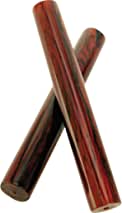
6
New cards
Batá drums
instrument
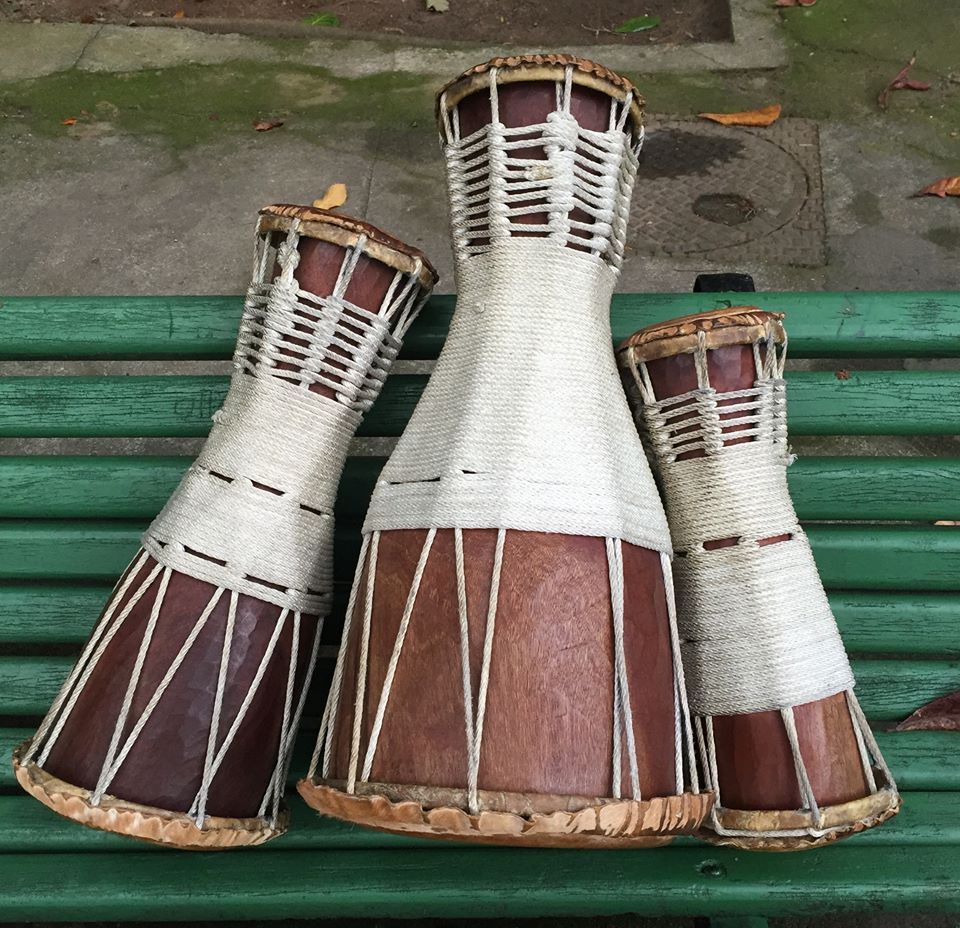
7
New cards
Congas
instrument
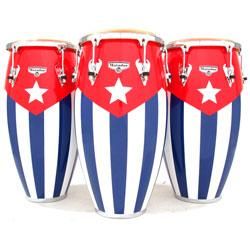
8
New cards
Decima
\-a ten line form used by Don Vicente Spinel
\-has a rhyme scheme and eight syllables per line
\-ABBAA CDDC
\-has a rhyme scheme and eight syllables per line
\-ABBAA CDDC
9
New cards
Punto
\-characterized by use of decimas, tonada, hemiola and plucked chordophones, possibly idiophones
\-originated from low income family immigration and rural farmer displacement
\-creolization of danceable music from Spain
\-poetry is important in its origins
\-originated from low income family immigration and rural farmer displacement
\-creolization of danceable music from Spain
\-poetry is important in its origins
10
New cards
Tonada
a repeating musical period (harmonic progression)
11
New cards
Sesquialtera
alternation of duple- and triple- accent groups of equal length, and their juxtaposition
12
New cards
Pie forzado
getting the last line of the decima from an audience member
13
New cards
Zapateo
\-formerly a dance of the peasants
\-courtship dance, male (pigeon) imitates the courtship of the dove (female)
\-he offers his hat to the woman, who places it on his or her head
\-male dance is acrobatic: maybe on his knees or jumping on a table
\-courtship dance, male (pigeon) imitates the courtship of the dove (female)
\-he offers his hat to the woman, who places it on his or her head
\-male dance is acrobatic: maybe on his knees or jumping on a table
14
New cards
Guajira
\-songs of the country people that speak of the happy life of rural people
\-a romanticized version of real life as seen by urban songwriters
\-”Guantanamera” by Joseito Fernandez is most famous example
\-accompanied by an ensemble of strings like guitar or lute
\-simple chordal progression of I-IV-V
\-a romanticized version of real life as seen by urban songwriters
\-”Guantanamera” by Joseito Fernandez is most famous example
\-accompanied by an ensemble of strings like guitar or lute
\-simple chordal progression of I-IV-V
15
New cards
Contradanza
\-taken from English and French dances
\-became a couples dance
\-**one**-and-two-**and**-**three**-and-**four**-and
\-becomes the “Habanera” in Europe
\-became a couples dance
\-**one**-and-two-**and**-**three**-and-**four**-and
\-becomes the “Habanera” in Europe
16
New cards
Danzon
\-returning “A” section (ABACA etc…)
\-stylized, “walking” couples dance
\-sophisticated instrumentation: horns, possibly piano, bass, guiro, timbales
\-**one**-and-**two**-**and**-three-**and**-**four**-and (cinquillo)
\-stylized, “walking” couples dance
\-sophisticated instrumentation: horns, possibly piano, bass, guiro, timbales
\-**one**-and-**two**-**and**-three-**and**-**four**-and (cinquillo)
17
New cards
Cinquillo
**one**-and-**two**-**and**-three-**and**-**four**-and (in Danzon)
18
New cards
Laud
instrument
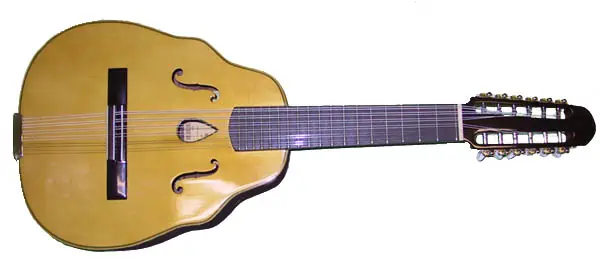
19
New cards
Tres
instrument
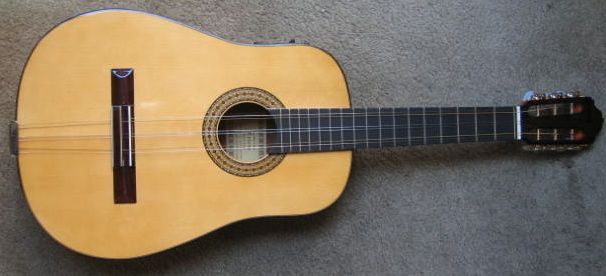
20
New cards
Guiro
instrument
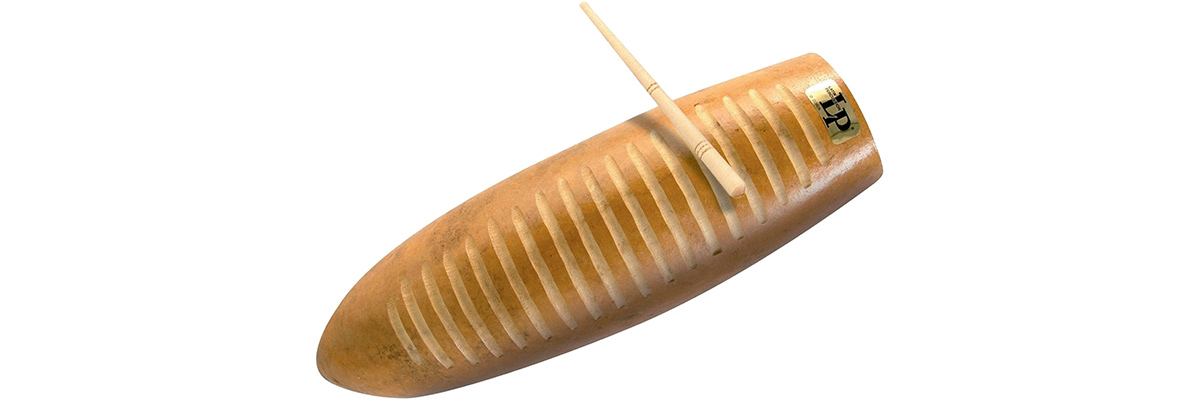
21
New cards
Changüí
\-originated in the early 19th century in eastern rural communities populated by slaves
\-combines the structure and elements of Spanish songs with African rhythms and percussion instruments of Bantu origin
\-a predecessor or son montuno
\-marímbula, bongos, tres, güiro, and singer(s)
\-clave rhythm is not specifically present, but may be implied
\-combines the structure and elements of Spanish songs with African rhythms and percussion instruments of Bantu origin
\-a predecessor or son montuno
\-marímbula, bongos, tres, güiro, and singer(s)
\-clave rhythm is not specifically present, but may be implied
22
New cards
Son
\-almost the perfect balance of African and Spanish elements
\-originated in eastern part by black and mulatto musicians during the struggle to abolish slavery
\-at first, Spanish elements were predominant
\-arrived in Havana around WWI, possibly brought by forces liberating the island from slavery
\-acquires rumba elements: clave rhythm, montuno section
\-claves, bongos, maracas, tres, plucked bass
\-highly syncopated rhythm following the clave
\-two part formal structure (largo and montuno)
\-anticipated bass
\-decimas (octosyllabic lines) about love and romance
\-originated in eastern part by black and mulatto musicians during the struggle to abolish slavery
\-at first, Spanish elements were predominant
\-arrived in Havana around WWI, possibly brought by forces liberating the island from slavery
\-acquires rumba elements: clave rhythm, montuno section
\-claves, bongos, maracas, tres, plucked bass
\-highly syncopated rhythm following the clave
\-two part formal structure (largo and montuno)
\-anticipated bass
\-decimas (octosyllabic lines) about love and romance
23
New cards
Largo section
very slow tempo, song portion
24
New cards
Montuno section
final verse, faster, call and response
25
New cards
Marímbula
instrument
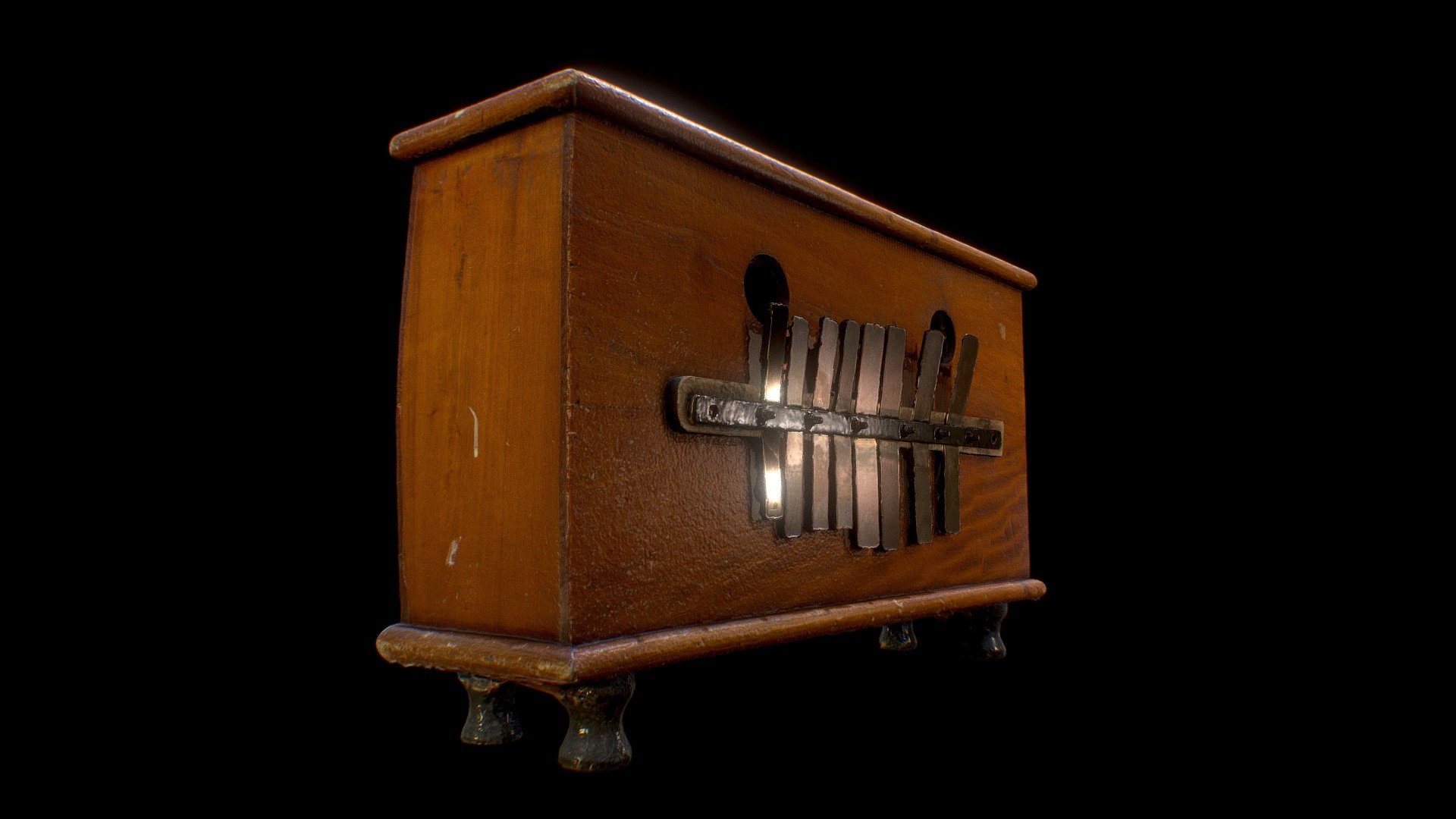
26
New cards
anticipated bass
bass omits the down beat (syncopation), popular feature of Afro Cuban music
27
New cards
Nueva Trova
\-singing and playing the guitar
\-identified with the Cuban Revolution
\-started with a concert given by Pablo Milanés, Silvio Rodríguez and Noel Nicola on February 18, 1968
\-Pablo Milanés and Silvio Rodríguez are the most notable artists
\-identified with the Cuban Revolution
\-started with a concert given by Pablo Milanés, Silvio Rodríguez and Noel Nicola on February 18, 1968
\-Pablo Milanés and Silvio Rodríguez are the most notable artists
28
New cards
Alejandro García Caturla
\-1906-1940
\-composer of creolized Cuban themes
\-played violin in the Orquesta Sinfonia de La Habana in his youth
\-studied law and music
\-fascinated with Afro-Cuban folklore
\-founded the Caibarien Concert society in 1932
\-murdered at 34 by a young gambler he was about to sentence to prison
\-works: Tres Danzas Cubanas, Bembe, Obertura Cubana
\-composer of creolized Cuban themes
\-played violin in the Orquesta Sinfonia de La Habana in his youth
\-studied law and music
\-fascinated with Afro-Cuban folklore
\-founded the Caibarien Concert society in 1932
\-murdered at 34 by a young gambler he was about to sentence to prison
\-works: Tres Danzas Cubanas, Bembe, Obertura Cubana
29
New cards
Amadeo Roldán
\-1900-1939
\-composer and violinist
\-came from a musical family
\-studied at Madrid Conservatory
\-concertmaster of multiple orchestras
\-founded the Havana String Quartet
\-the Pan-American Association of Composers featured his music at the inaugural 1929 performance in NY
\-works: Overture on Cuban themes, La Rebambaramba, Rítmicas, Motivos de Son
\-composer and violinist
\-came from a musical family
\-studied at Madrid Conservatory
\-concertmaster of multiple orchestras
\-founded the Havana String Quartet
\-the Pan-American Association of Composers featured his music at the inaugural 1929 performance in NY
\-works: Overture on Cuban themes, La Rebambaramba, Rítmicas, Motivos de Son
30
New cards
Eliseo Grenet
\-1893-1950
\-cuban pianist and leading composer of the day
\-composed music for stage shows and films along with some famous Cuban dance music
\-founded a jazz band a night club
\-works: Tabaco verde, Las perlas de tu boca
\-cuban pianist and leading composer of the day
\-composed music for stage shows and films along with some famous Cuban dance music
\-founded a jazz band a night club
\-works: Tabaco verde, Las perlas de tu boca